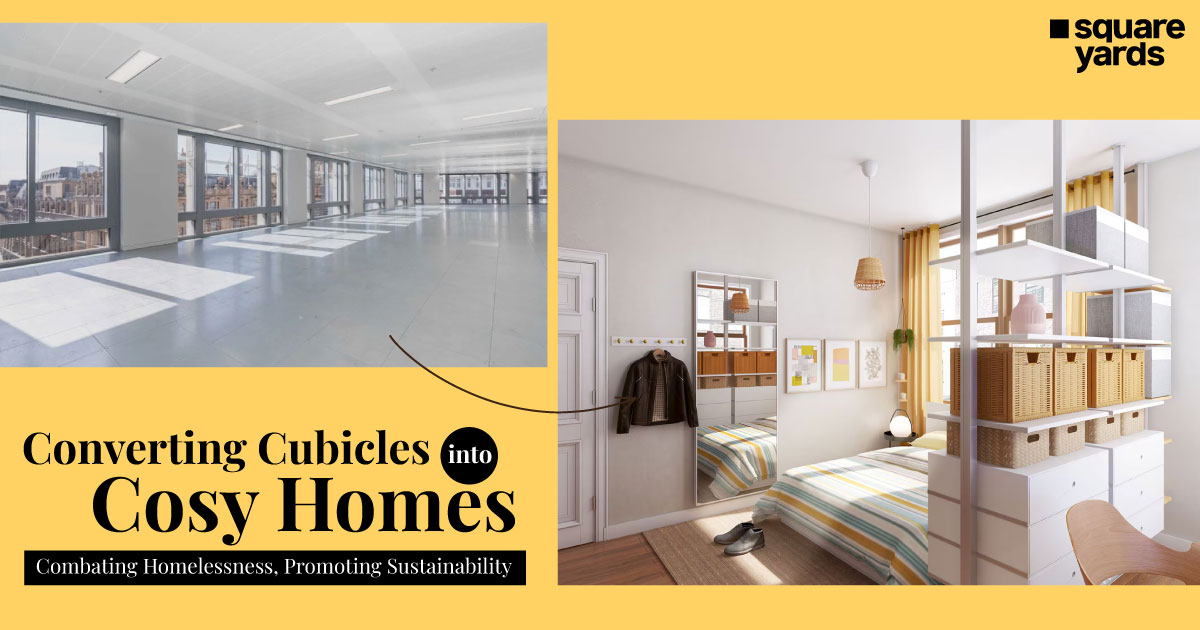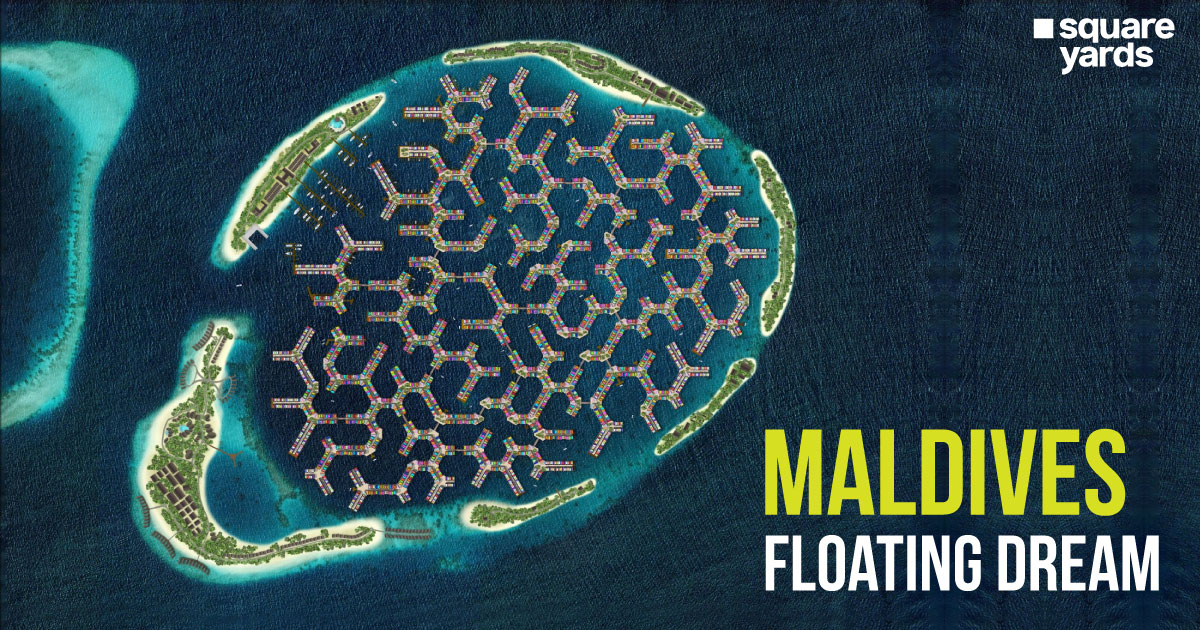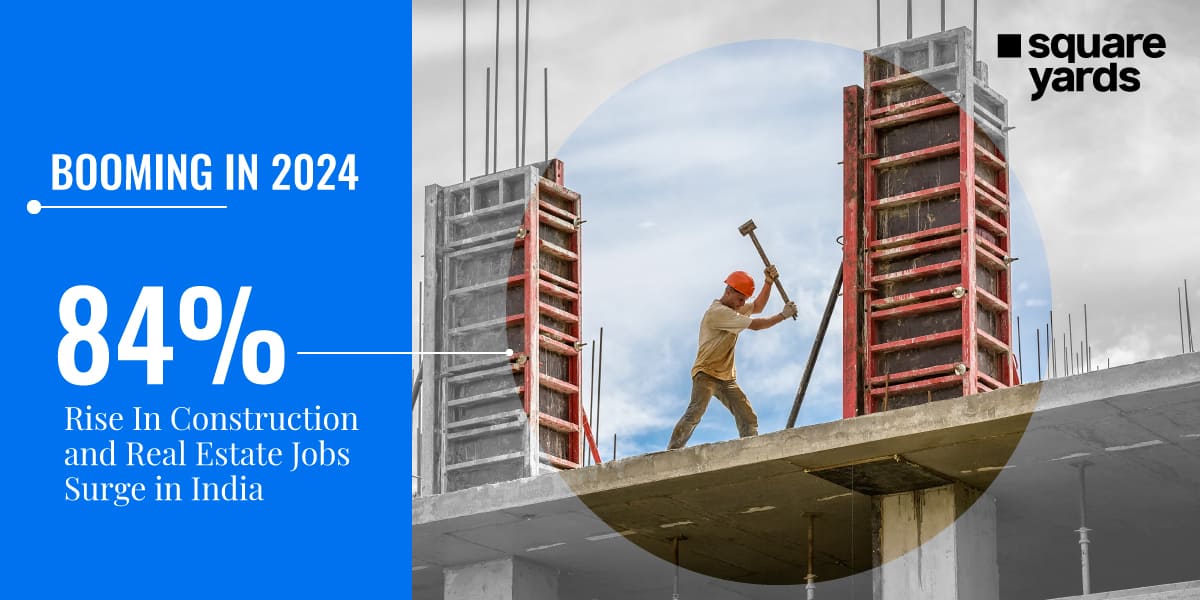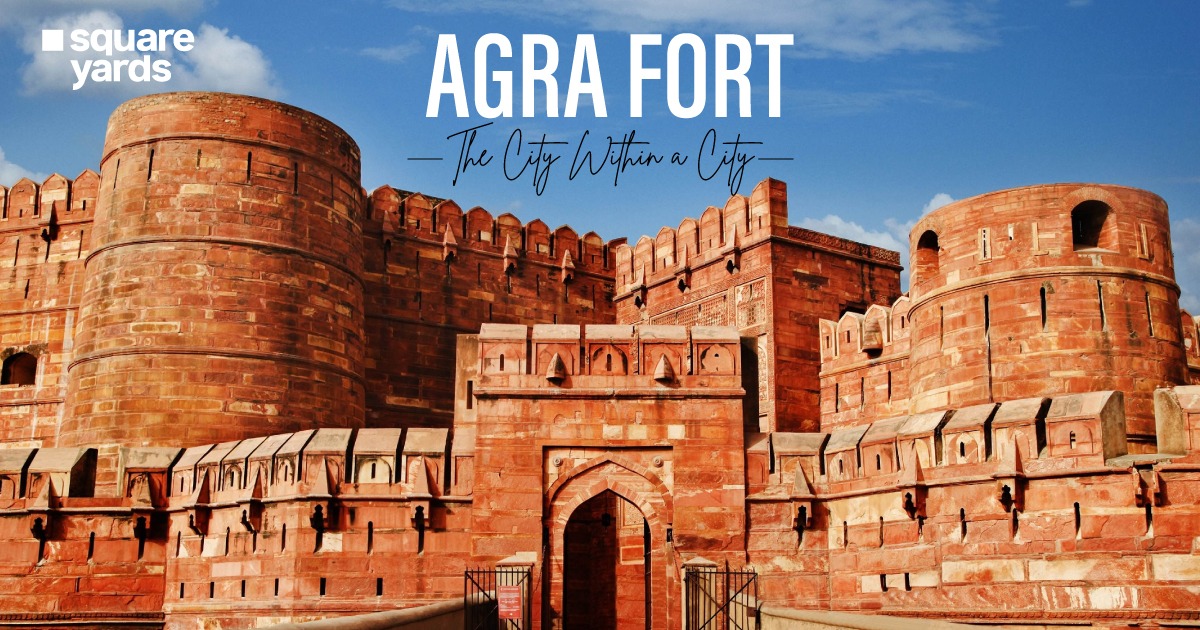An advanced building method saves labour force, time, and up to 30-40% of building costs.
The first ever 3D printed post office was inaugurated at Cambridge Layout in East Bengaluru on August 18, 2023, by the Union Minister for Railways, Communications and Electronics & Information Technology- Ashwini Vaishnaw.
After IIT Madras, Chennai was the first to own the first ever 3D-printed house in India; this is the sole commercial architecture created using a 3D concrete printing technology by Larsen and Toubro Construction for Rs. 23 Lakh.
With past experience, the team of IIT Madras assisted the team with the structural design of this post office. The building will house the Ulsoor Bazaar post office in its 1021 sq. ft. built-up area and certainly be known as the Cambridge Layout post office.
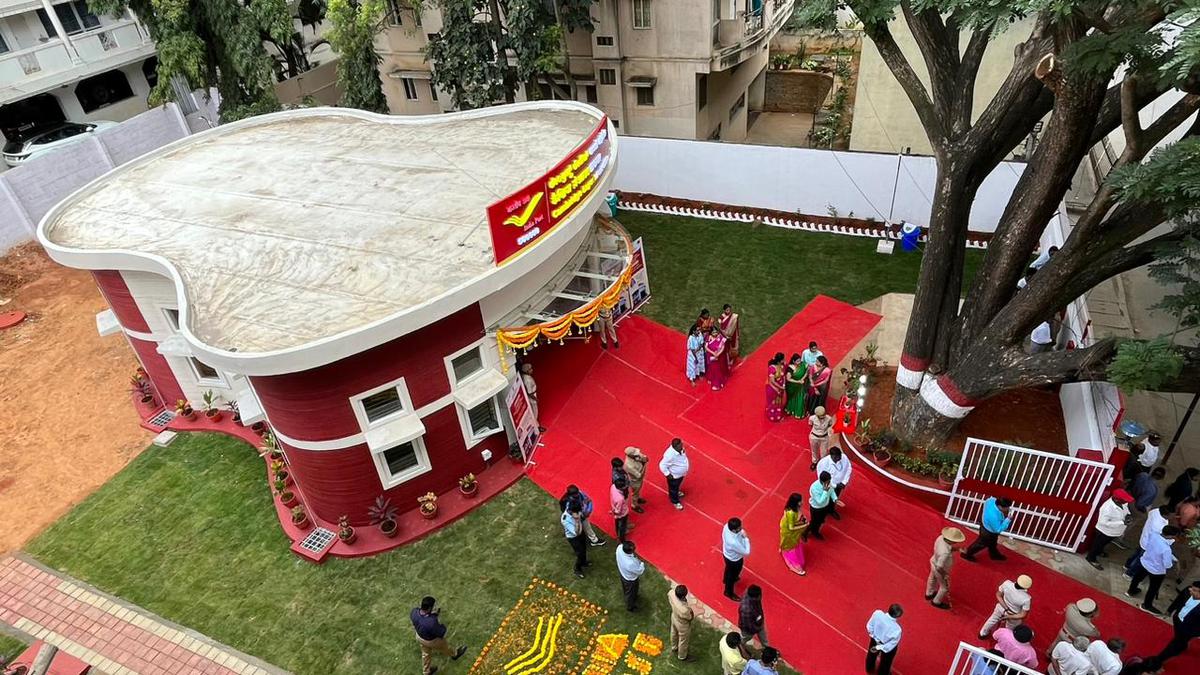
Image source: thehindu
Table of contents
How Was This Post Office Made?
According to the website of Larson and Toubro, this edifice was built using a robotic printer. “3D printing technology sediments concrete layer-by-layer based on the design input. To ensure successful printing, the process demands a delicate balance of concrete properties, including flowability, quick hardening, load-bearing capacity, green cement status and strength.”
The construction of this post office took only 43 days when the expected days were jotted down to 45, whereas the conventional construction method would have taken almost 3 months. After describing the post office as “the spirit of Atmanirbhar Bharat”, Ashwini Vaishnaw stated, “This is a technology demonstrator, IIT Madras has done a fabulous job at this. At the time this becomes a mainstream process, we will be able to see more initiatives based on this technology.” He added, “Bengaluru always presents a new picture of the nation; this is the spirit with which India will progress.”
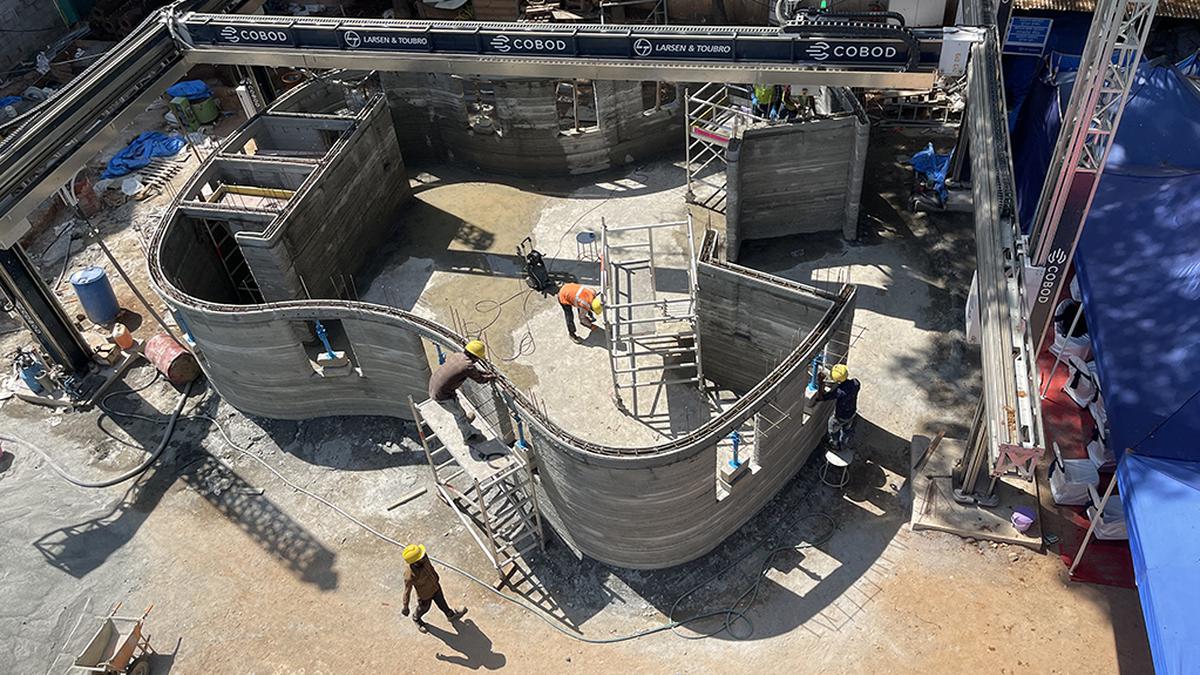
Image source: The Hindu
Is 3D Printing Better than the Conventional Construction Process?
A Fully automated process ensures exceptional building quality and promotes a safe work environment. 3D printing also qualifies to build innovative and no-geometrical building designs to enrich convenience and aesthetics, leaving no space for errors. As a cost-effective procedure, it is also eco-friendly as it eliminates the use of timber, metals, and supplementary materials, consumes less energy, optimizes CO2 emission and eliminates material wastage.
The Central MP of Bengaluru, P. C Mohan, suggested that 3D printing technology should be integrated into the construction of post offices and other government departments.
A technology that saves up to 30-40% on construction cost, time, and labour force and gives you total flexibility to shape the structure compared to other building methods.
Prime Minister Narendra Modi took this to his social media platform X with a post saying, “Every Indian will be proud to see India’s first 3D printed post office at Cambridge Layout, Bengaluru; a testament to nation’s innovation and advancement, progressing towards a self-reliant India. Compliments to those who have worked hard in ensuring the post office’s completion.”










